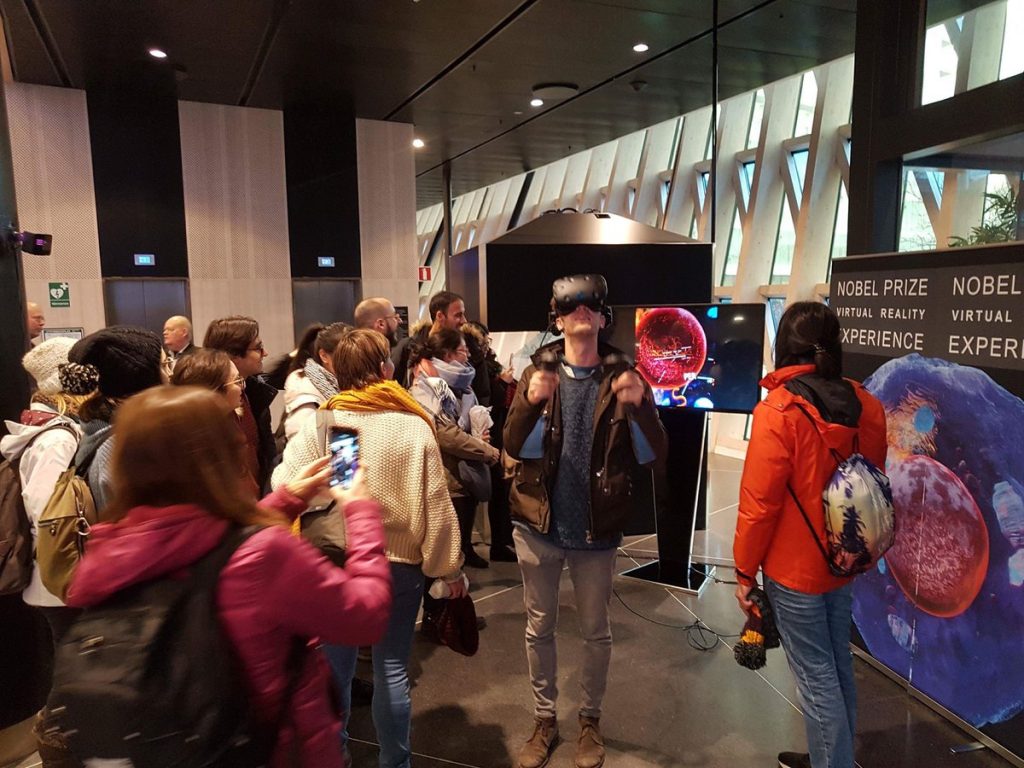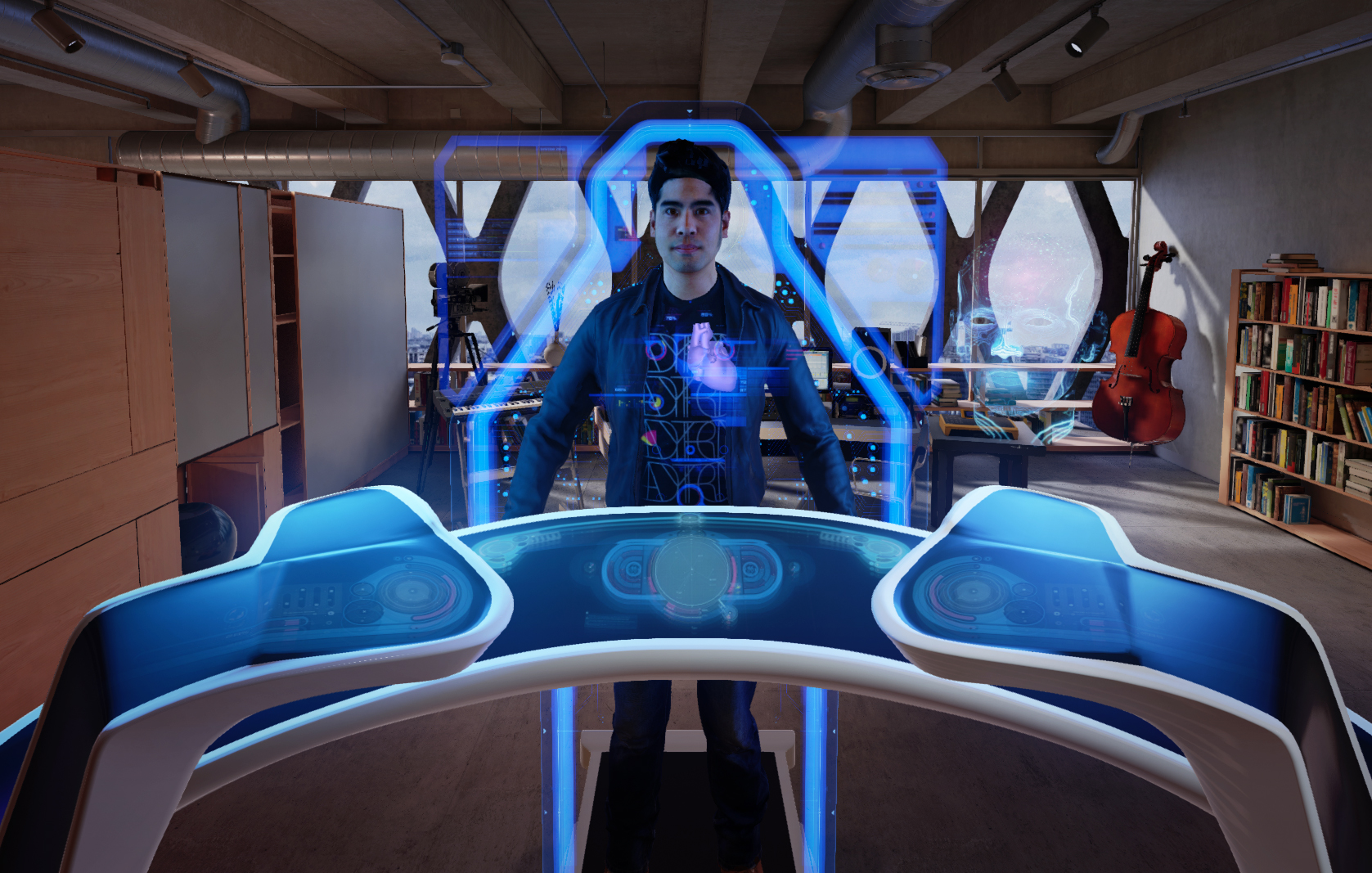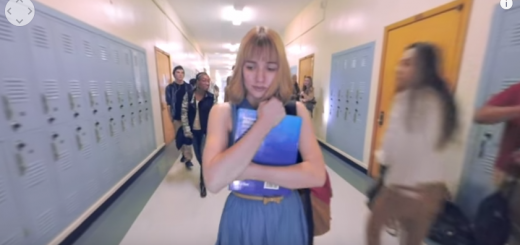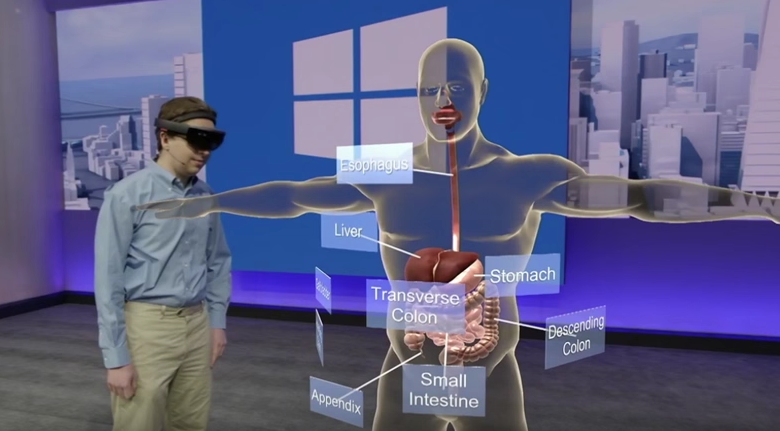Journey through the body as a cell with OneReality’s “The Cell – Circadian Rhythm” VR experience
Published · Updated
By Kindle Lynn Reeder —
What if you knew the cause as to why you automatically woke up every day at 7:17am? Or why at 3:24 in the afternoon you felt sluggish and tired, without fail?
OneReality has developed “The Cell – Circadian Rhythm” which is a Virtual Reality experience visualizing the advancements found in the research of 2017 Nobel Prize winners in Physiology or Medicine, Jeffrey C. Hall, Michael Rosbash and Michael W. Young. The Nobel prize was awarded for their discoveries of molecular mechanisms that control the circadian rhythm.
Their discovery enables researchers to study circadian rhythms by controlling the subject’s environment by alternating light and dark periods then looks for changes in gene activity or other molecular signals. This research helps us to understand how our biological clocks work and identifies which genetic components may be broken.
What is a circadian clock?
A circadian clock is a biochemical oscillator that cycles with a stable phase and is synchronized with solar time. The clock’s in vivo period is almost exactly 24 hours (the earth’s current solar day).
Broken down, the circadian clock makes it possible for organisms to anticipate daily environmental changes that correspond with day to night cycles and adjusts biological behaviors.
Is the biological clock the same as the circadian clock?
No, but they are related. The difference is that biological clocks are found in nearly every cell while the circadian clock enables pathways for the behaviors in those cells.
How does this circadian rhythm research contribute to human health?
Understanding more about how the biological clock ticks may lead to treatments for obesity, sleep disorders, mental health disorders and other health problems. It may even improve ways for those that work second and third shift work and even jet lag. In short, studying about the genes responsible for the makeup of the circadian rhythms, it will help to understand the biological systems and the human body as a whole.
SimpleBiologist breaks down the work of scientists Jeffrey C. Hall, Michael Rosbash and Michael W. Young and why their research using fruit flies as the molecular mechanisms to control the circadian rhythm was so impressive.
HTV Vive partners with Nobel Media to use VR to educate on the circadian rhythm discoveries
 Students experience Circadian Rhythm during Nobel Week. Photo courtesy of @Viveport
Students experience Circadian Rhythm during Nobel Week. Photo courtesy of @Viveport
What can be expected when previewing, “The Cell – Circadian Rhythm”?
Imagine yourself inside a cell and watching how the biological clock operates. You then continue on your journey through the human body. You are shown not only how humans, but how plants and animals adapt to the biological rythms of the Earth’s rotations.
“This VR experience gives a very hands-on, and effective, way to get closer to the incredible discovery,” said Thomas Perlmann, Secretary of the Nobel Committee for Physiology or Medicine.
“The Cell – Circadian Rhythm” was shown at Nobel Museum during Nobel Week, and will be available globally on Viveport in March 2018.

About Our Guest Contributor
Kindle Lynn Reeder is a social media content writer/manager by day and a creative ninja in varied categories by night.




What do you think?
You are the first to add a thought